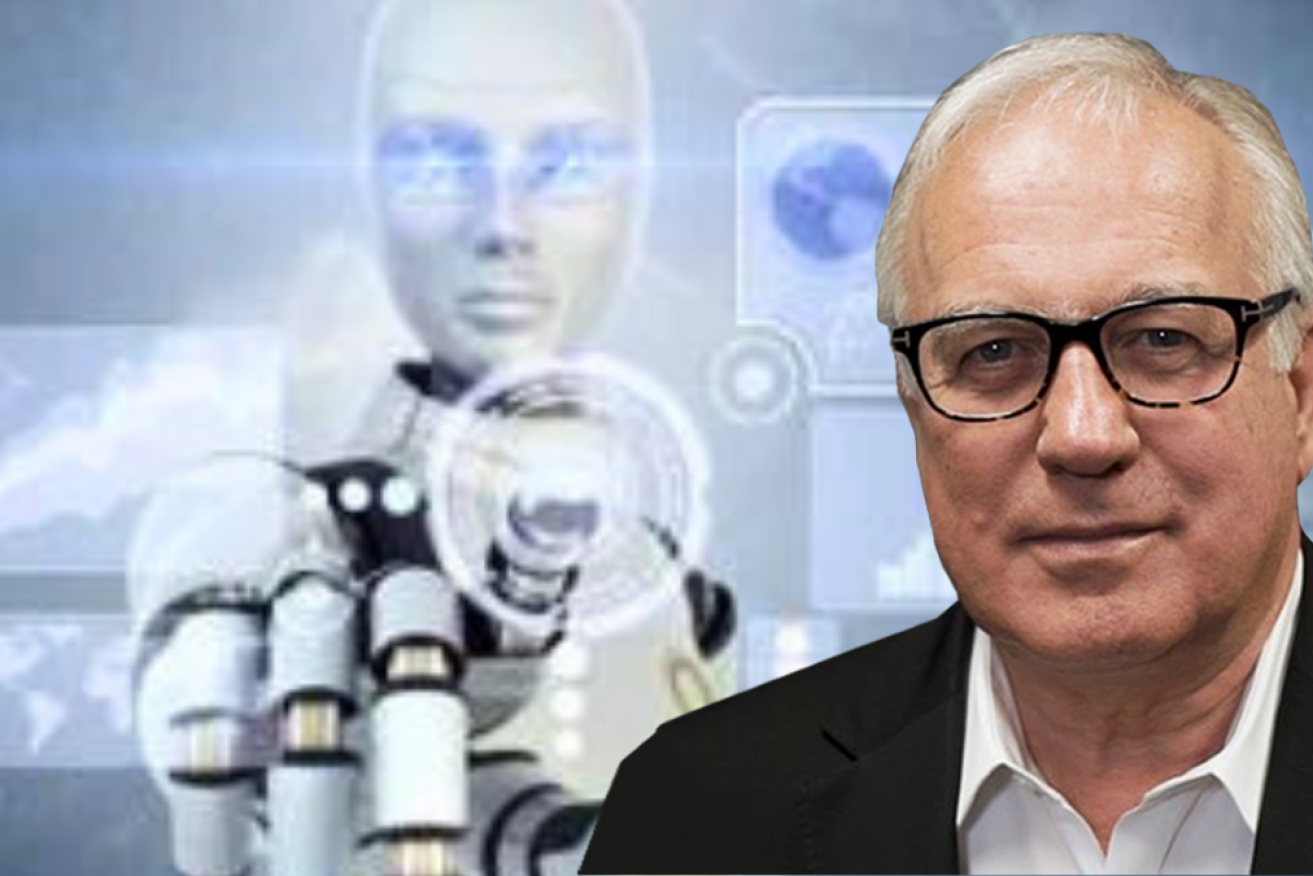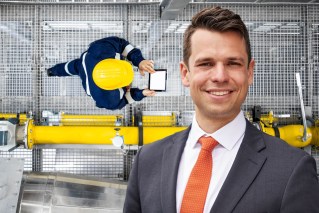Alan Kohler: Don’t get too accustomed to low unemployment. Here’s why it won’t last


When the unemployment rate hit 4 per cent on February 13, 2008, down from 7.2 per cent seven years earlier, it seemed like a new golden era for Australia’s working classes had arrived.
In the event, the golden era was deferred for 15 years by collapsing banks, politics and a pandemic.
But with unemployment now back at 3.5 per cent, and apparently stuck there, it may have finally arrived – that is, until technology takes it away again.
In February 2008, trade union membership had fallen from 50 to 20 per cent, so the ACTU was a shadow of the Bill Kelty-led powerhouse that basically ran the country alongside Bob Hawke and Paul Keating.
But it was also three months into a new Labor government, and after 11 long years of workers being disempowered by John Howard, it seemed Rudd and the tightest labour market since 1975 would ensure that their power and relevance would rise again.
However, in February 2008 the distant rumblings of the GFC were starting: Northern Rock, the UK bank based in Newcastle-upon-Tyne, collapsed and was nationalised on February 22, and the US investment bank Bear Stearns was in the midst of collapsing that month as well.
By September that year, those rumblings turned into the earthquake known as the Global Financial Crisis, and began a 15-year adjournment of the rise of Australia’s workers.
The global recession of 2008-09 took Australia’s unemployment rate back up to 6 per cent, which was followed in 2013 by Tony Abbott and his brutal employment minister, Eric Abetz. That was followed by COVID-19, and then 7.5 per cent unemployment by July 2020.
Fighting the previous war
But with unemployment now down to 3.5 per cent and holding, and chronic labour shortages throughout the economy, workers’ power looks to be on the way back.
Well, that’s the way the Reserve Bank sees it anyway, so it has hiked the cash rate 10 times in a row to get the unemployment rate back above 4 per cent and head off a wage-price spiral.
Like old generals, the RBA is fighting the last war or two. There was a wage break-out in the late 1980s after unemployment went below 6 per cent for the first time since the previous wages break-out in 1981 – so, as in 1981 after the wage spiral of the late ’70s, interest rates had to go to nearly 20 per cent and bring about two terrible recessions that, as Paul Keating put it, we “had to have”.
Both of those recessions were imposed by the central bank partly to stop wages rising and to increase unemployment to curtail the bargaining power of workers. If there’s another one this year, it will be for the same reasons.
The 1991 recession was a searing experience for the political classes, and the economists at the RBA, including a rising 30-year-old named Philip Lowe, and things had to change. So first, in 1992, the RBA adopted an inflation target and then, in 1996, the government gave the bank independence so it could no longer be blamed.
But this time around there is no sign of a wage-price spiral because, over the past 15 years, Australian business owners and executives got out of the habit of giving pay rises, thanks to Coalition governments telling them not to, and the GFC and pandemic increasing unemployment.
The RBA paused rate hikes this month because they think they have already done enough to get unemployment back to 4.5 per cent – which will mean another 140,000 people out of work. That’s equal to the population of Darwin.
But the wages and inflation vigilantes led by Dr Lowe are watching like hawks, and if it looks like those 140,000 will keep their jobs and workers’ bargaining power continues to improve, interest rates will go up again until they are retrenched.
Meanwhile, there are new rumblings, and they might not have to wait long before something else comes along and once again adjourns the return of workers’ power, this time sine die (indefinitely).
The robot that took your job
First, immigration is surging again. John Howard used a doubling of immigration after 2006 to help curtail union power and keep wages down; Anthony Albanese is doing it for different reasons (to fill staff shortages) but the effect will be the same.
And second, artificial intelligence is producing a new surge in technology which will have a dramatic impact on jobs.
GPT-4 is a huge improvement on Chat-GPT (3) only a couple of months later, so things are moving very quickly now, and the world’s tech companies are spending more than $US200 billion a year on AI. It is only a matter of time before there is an avalanche of AI products competing with each other to sell new applications to businesses keen to cut costs.
Human beings will not be totally eliminated, but a big share of the work done by accountants, lawyers, journalists, writers, bankers, consultants, and marketers will be automated at a fraction of the cost.
Moreover, AI will combine with sensors and 3-D printing to cause a new and unprecedented disruption to manufacturing and transport, through self-driving vehicles, drones and better robots.
So while technology has so far not resulted in either an increase in unemployment or a big improvement in productivity, it seems the next phase of the Information Age will replace, rather than augment, human workers.
Two things will result from that – labour shortages will be temporary, first as a result of immigration and then technology, and the role of government will have to dramatically increase.
At some point there may need to be a Universal Basic Income (UBI) or job guarantee system. But in any case, as the private sector moves towards more automation and less humans, governments will be required to pick up the slack and prevent destitution, either with employment or welfare.
And by the way, as sea levels and temperatures on the equator rise as a result of climate change, countries less affected will have to take a lot more people as climate refugees, which will further upend normal demography.
So workers should enjoy the extra bargaining power of 3.5 per cent unemployment while it lasts.
Alan Kohler is founder of Eureka Report and finance presenter on ABC news. He writes twice a week for The New Daily








